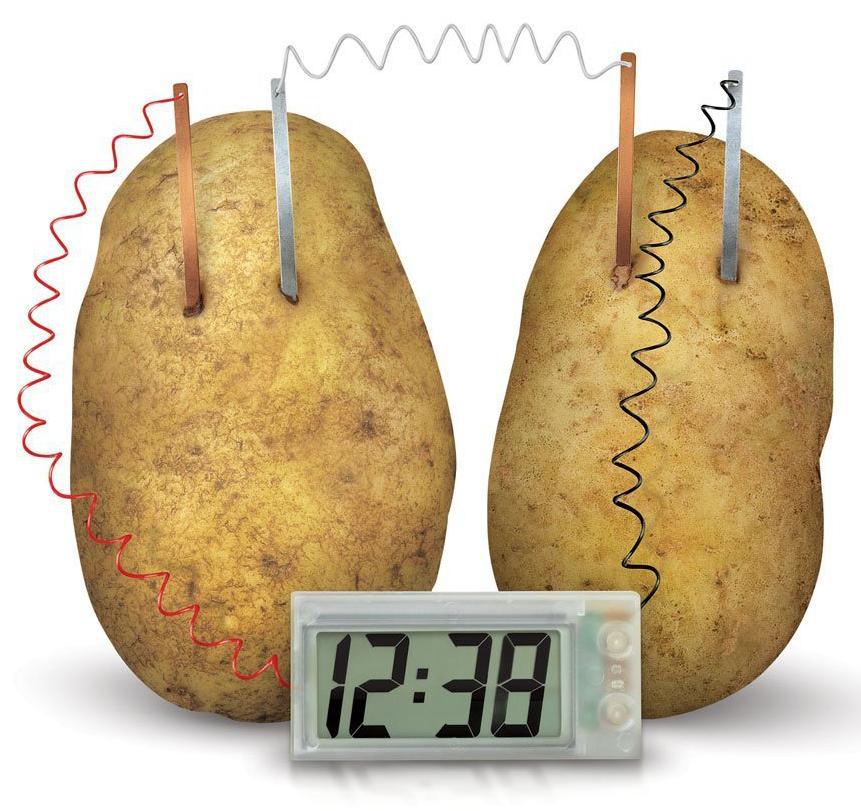Readers may be interested in this latest article on Prof Grant Schofield's site.
I have copied the first paragraph, but there is a lot more to read, with graphs and other details ...
"This recent pilot study is an example of good science for two reasons – it suggests that a minor change in behaviour can be a shortcut to important health benefits, and it raises more questions than it answers.
Alpana P. Shukla, Radu G. Iliescu, Catherine E. Thomas, and Louis J. Aronne.
Diabetes Care 2015;38:e98–e99 | DOI: 10.2337/dc15-0429
http://care.diabetesjournals.org/content/38/7/e98
The authors looked at the effect of food order, using a typical Western meal (628 kcal:
55 g protein, 68 g carbohydrate, and 16 g fat), incorporating vegetables, protein, and carbohydrate, on postprandial glucose and insulin excursions in overweight/obese adults with type 2 diabetes. There were only 11 subjects (5 male, 6 female), which is why it’s a pilot study; the numbers were small, so any effect, to be statistically significant, actually had to be clinically significant too. But these people could be exceptions, the effect of metformin may be necessary for the response, it might vary when different foods are eaten, the effect might not be seen with larger meals, or in free-living populations, and the long-term effect on fasting glucose and insulin wasn’t investigated; so it’s a “proof of concept” type of experiment that tells us, loud and clear, that further investigations are certainly warranted.
The study was a cross-over design, meaning that both meal orders were tested in all subjects, a week apart. The meals were made up of ciabatta bread and orange juice (the carbohydrate part) and a chicken salad with low fat vinaigrette, plus broccoli and butter (the vegetable and protein part) and these two parts were eaten, separated by 15 minutes, in 2 different orders. Insulin and glucose were measured just before the meal and at 30, 60, and 120 minutes after the start of the meal.
When the vegetable and protein part of the meal was consumed first, mean postmeal glucose levels were decreased by 28.6%, 36.7%, and 16.8% at 30, 60, and 120 min, respectively, and the incremental area under the curve (iAUC) was 73% lower. Postprandial insulin levels at 60 and 120 min and the insulin iAUC were also significantly lower when protein and vegetables were consumed first.
More here
https://profgrant.com/2016/07/05/the-timing-of-carbs-in-meals-makes-a-diference/
I have copied the first paragraph, but there is a lot more to read, with graphs and other details ...
"This recent pilot study is an example of good science for two reasons – it suggests that a minor change in behaviour can be a shortcut to important health benefits, and it raises more questions than it answers.
Alpana P. Shukla, Radu G. Iliescu, Catherine E. Thomas, and Louis J. Aronne.
Diabetes Care 2015;38:e98–e99 | DOI: 10.2337/dc15-0429
http://care.diabetesjournals.org/content/38/7/e98
The authors looked at the effect of food order, using a typical Western meal (628 kcal:
55 g protein, 68 g carbohydrate, and 16 g fat), incorporating vegetables, protein, and carbohydrate, on postprandial glucose and insulin excursions in overweight/obese adults with type 2 diabetes. There were only 11 subjects (5 male, 6 female), which is why it’s a pilot study; the numbers were small, so any effect, to be statistically significant, actually had to be clinically significant too. But these people could be exceptions, the effect of metformin may be necessary for the response, it might vary when different foods are eaten, the effect might not be seen with larger meals, or in free-living populations, and the long-term effect on fasting glucose and insulin wasn’t investigated; so it’s a “proof of concept” type of experiment that tells us, loud and clear, that further investigations are certainly warranted.
The study was a cross-over design, meaning that both meal orders were tested in all subjects, a week apart. The meals were made up of ciabatta bread and orange juice (the carbohydrate part) and a chicken salad with low fat vinaigrette, plus broccoli and butter (the vegetable and protein part) and these two parts were eaten, separated by 15 minutes, in 2 different orders. Insulin and glucose were measured just before the meal and at 30, 60, and 120 minutes after the start of the meal.
When the vegetable and protein part of the meal was consumed first, mean postmeal glucose levels were decreased by 28.6%, 36.7%, and 16.8% at 30, 60, and 120 min, respectively, and the incremental area under the curve (iAUC) was 73% lower. Postprandial insulin levels at 60 and 120 min and the insulin iAUC were also significantly lower when protein and vegetables were consumed first.
More here
https://profgrant.com/2016/07/05/the-timing-of-carbs-in-meals-makes-a-diference/



